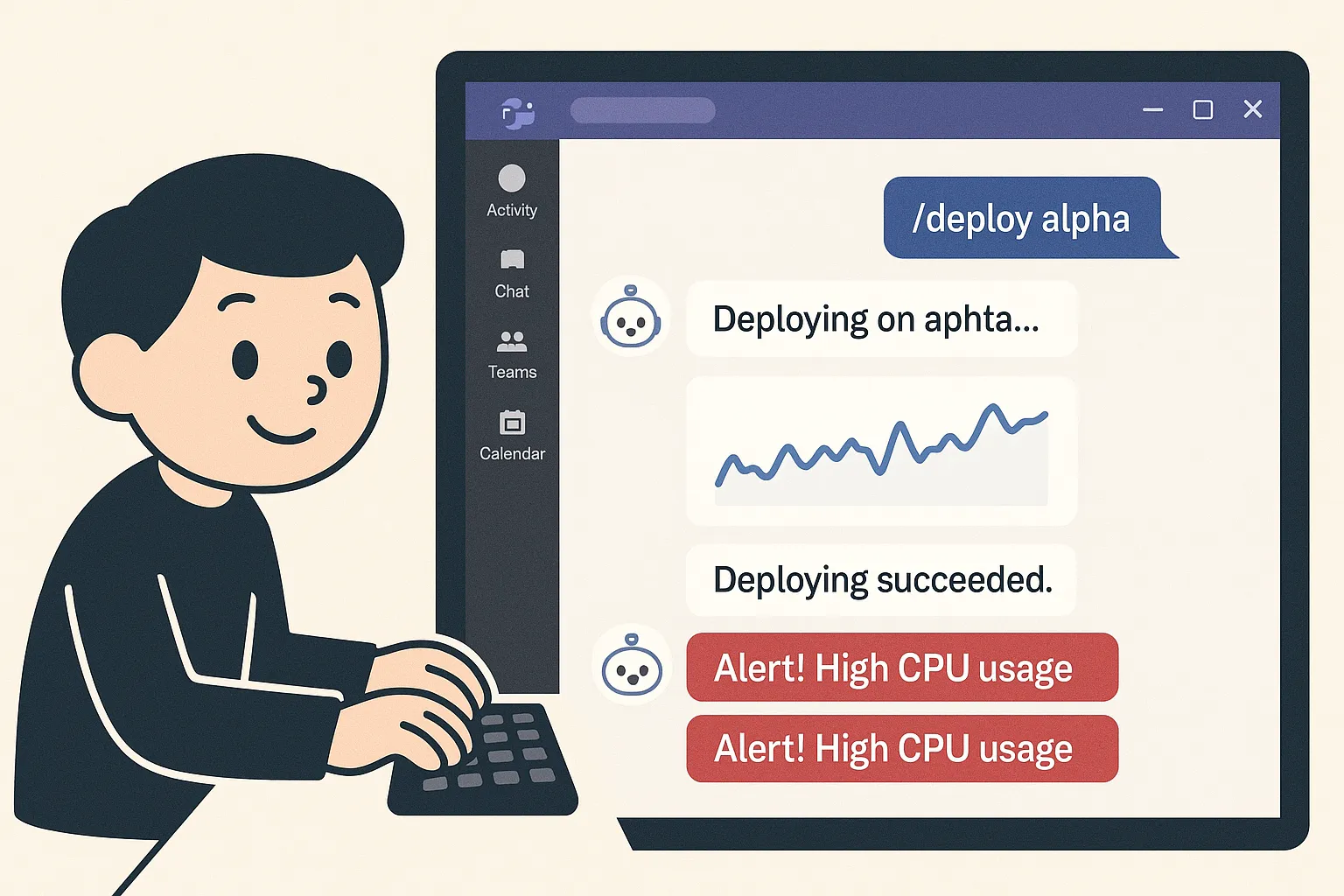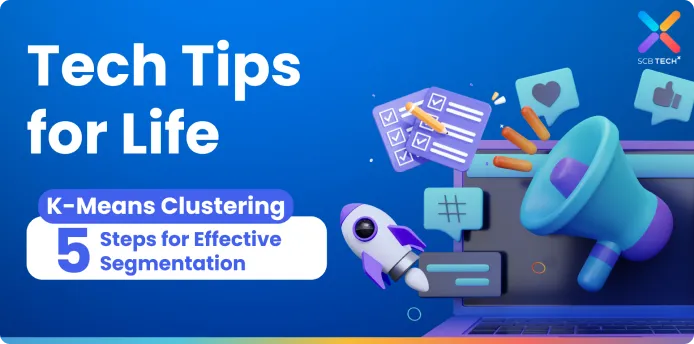
What is ChatOps?
ChatOps is a concept that allows teams to interact directly with DevOps tools through a chat platform — without needing to switch to CI/CD dashboards, terminals, or other tools.
This approach enables teams to run pipelines, deploy applications, check environment statuses, and view logs directly from the chat interface.
For example, by integrating Microsoft Teams with a Jenkins Pipeline, you can create a bot or connector that listens to commands from a Teams channel, such as /deploy.
This command triggers a deployment pipeline, and the resulting logs or status updates are automatically sent back to the Teams channel.
Everyone in the team can see progress and results in real time.

Benefits of Using ChatOps
- Reduces Context Switching
Normally, DevOps engineers switch between chat, terminals, dashboards, and monitoring tools to perform various tasks.
With ChatOps, everything happens on a single platform, minimizing time loss and the mental overhead of switching screens. - Increases Visibility
Every command and its output in a pipeline are broadcast to the team’s channel.
This ensures that everyone can instantly see job statuses and changes, enhancing transparency. - Reduces Human Error
Instead of manually executing commands, ChatOps automates pipeline triggers.
This minimizes the chance of mistakes and ensures consistency across workflows. - Enhances Real-Time Collaboration
Teams can jointly check statuses, debug, or rollback deployments through the same chat interface.
This leads to faster decision-making with complete context. - Provides an Audit Trail
All operations executed through ChatOps are stored as chat history.
Teams can review who did what and when, making auditing straightforward and reliable.
ChatOps with Microsoft Teams
Using Microsoft Teams for ChatOps provides several advantages:
- Create private channels for different environments such as dev, staging, and prod
- Integrate seamlessly with Azure DevOps, Jenkins, or GitHub Actions
- Display pipeline results as adaptive cards showing status, logs, or links to dashboards
Example Deployment Workflow in Teams:
- A developer sends /deploy in the Teams channel.
- The bot checks user permissions and triggers the Jenkins pipeline.
- Jenkins builds, tests, and deploys the code to the target environment.
- Logs and status updates are sent back to the Teams channel.
- The team can review, approve, or rollback as needed.
Tools for Building ChatOps
You don’t always need to code ChatOps systems from scratch.
There are several platforms that simplify integration and automation:
1. Microsoft Teams
- Leverage Power Automate or Teams Workflows.
- Allow users to issue commands like /deploy.
- Workflows can call APIs of Jenkins, GitHub Actions, or other CI/CD systems.
- Send back results such as success/failure notifications, logs, or job links.
2. Slack
- Popular among DevOps teams worldwide.
- Use slash commands or bot integrations to trigger pipelines.
- Send live updates and logs from Jenkins, CircleCI, or GitHub Actions.
- Although this article focuses on Teams, the same concepts apply to Slack.
3. MCP Server + AI
- Some organizations integrate MCP (Model Context Protocol) Servers with AI.
- AI can respond to queries about pipeline status, or even execute actions like rollback, restart services, or fetch logs.
- This reduces context switching and eliminates the need to use consoles directly.
4. n8n (Workflow Automation)
- A low-code workflow automation tool.
- Easily connects Teams, Slack, Jenkins, GitHub, and other APIs.
- Example: a message from Teams triggers a Jenkins deployment, then sends a notification back to Teams.
- Supports conditions, retries, and logging — all in one workflow.
Conclusion
Implementing ChatOps empowers DevOps teams to work faster, more transparently, and more securely.
When integrated with tools like Microsoft Teams, it allows pipeline triggering, log monitoring, and collaboration all within a single interface.
Teams can make immediate decisions, reduce manual errors, and maintain full visibility into every action performed.
Looking for a DevOps solution that automates your workflow and reduces business costs? SCB TechX helps you modernize your delivery pipeline and bring high-quality products to market faster, building a foundation for long-term growth.
For service inquiries, please contact us at https://bit.ly/4etA8Ym
Learn more: https://bit.ly/3H7W9zm




